220 CD / The Welte Mignon Mystery Vol. XXI. Alfred Grünfeld
Description
Die Welte-Serie geht weiter! Diesmal ist der 1851 geborene Pianist Alfred Grünfeld an der Reihe, von dem fünfzehn, am 19. und 20. Januar 1905 aufgenommene, Welte-Rollen zu hören sind. Was für eine Fundgrube für die Forschung, aber auch für jeden Musikliebhaber die beispiellose Welte Mystery Series von TACET mittlerweile ist, lässt sich etwa am Beispiel der „Träumerei“ op. 15 Nr. 7 von Robert Schumann zeigen: Nicht nur klingt die Musik absolut realistisch und glaubwürdig, überhaupt nicht nach Maschine, sondern obendrein erhält man sozusagen aus erster Hand einen Eindruck, wie Robert Schumann zwar nach seinem Tod, aber noch in seinem eigenen Jahrhundert gespielt wurde. Ein Vergleich mit einer Unzahl von modernen Einspielungen bietet sich an.
2 reviews for 220 CD / The Welte Mignon Mystery Vol. XXI. Alfred Grünfeld
You must be logged in to post a review.

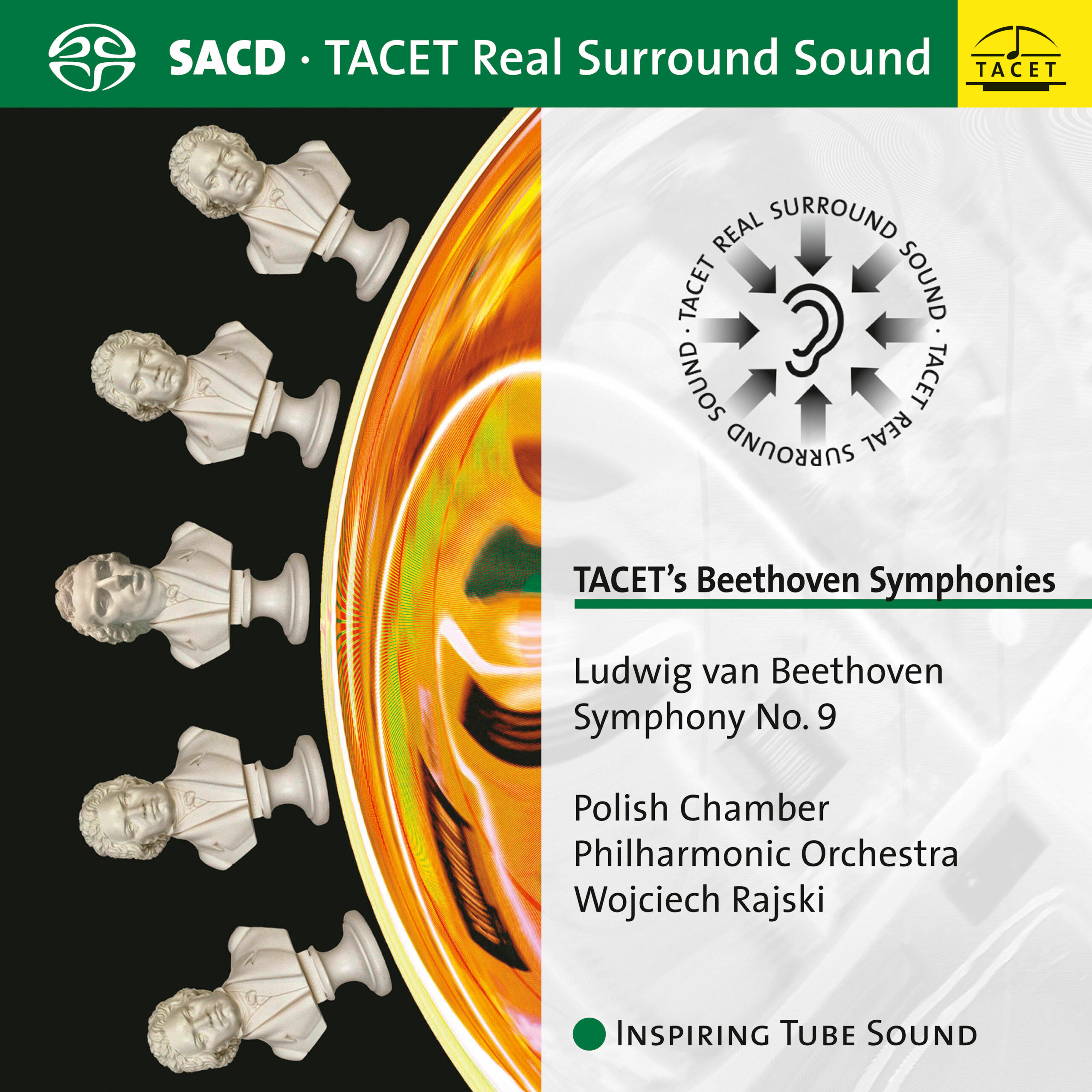
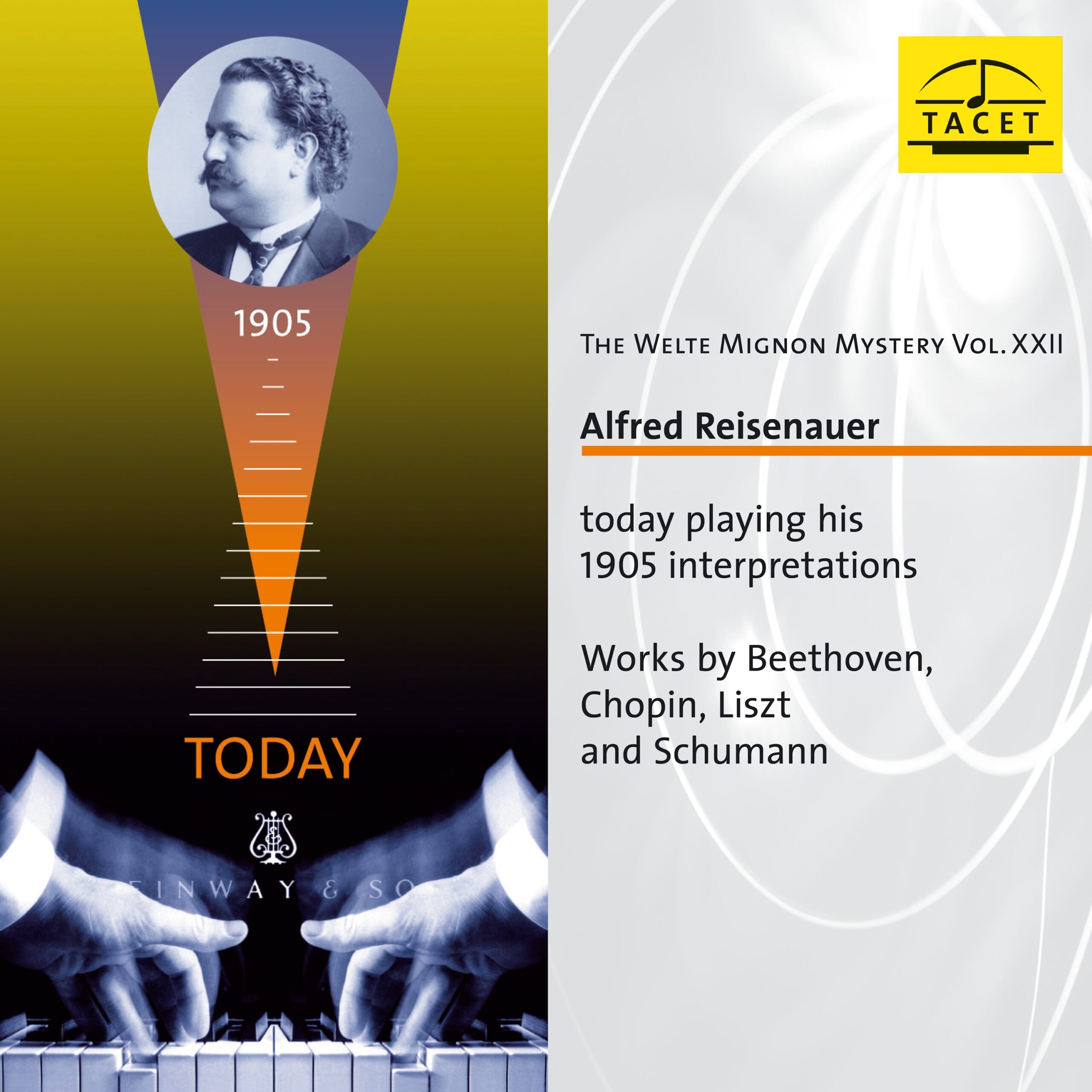
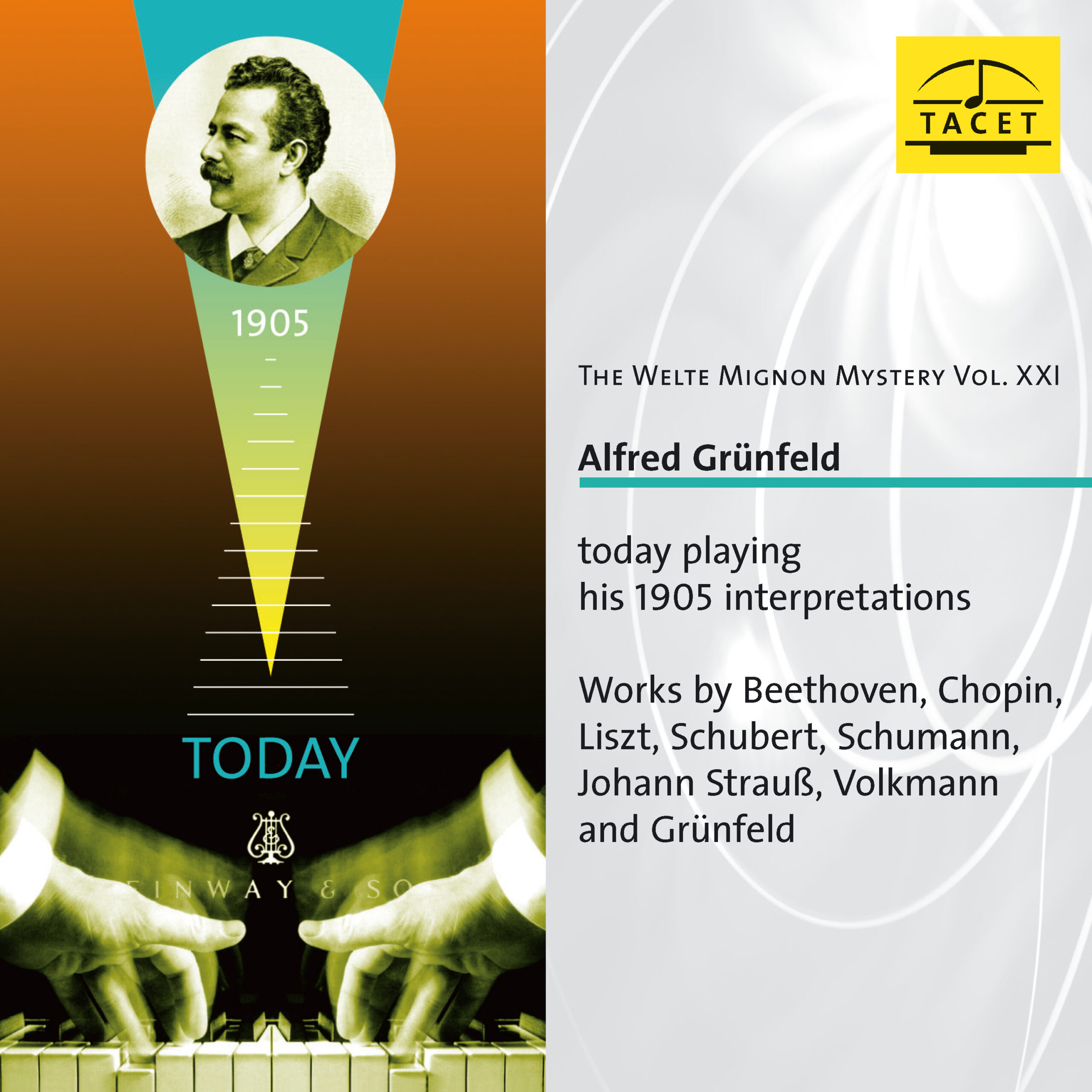
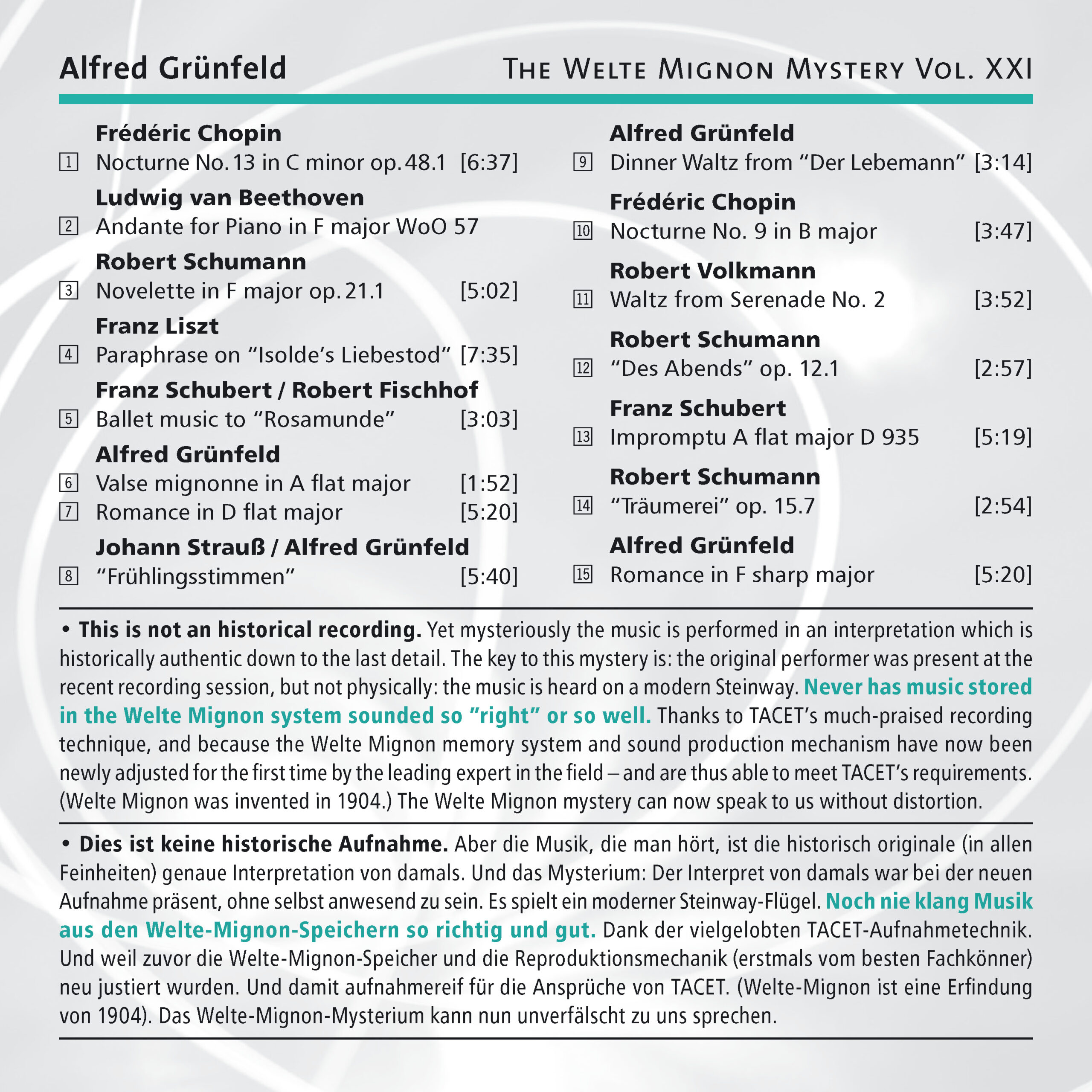
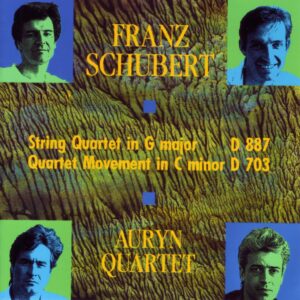
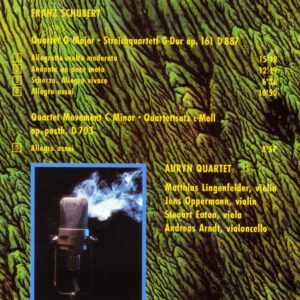
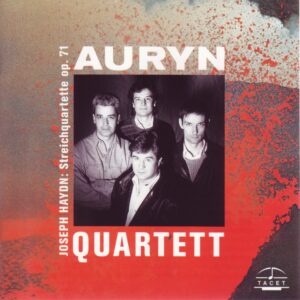
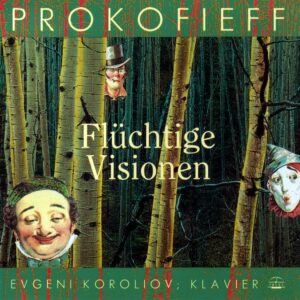
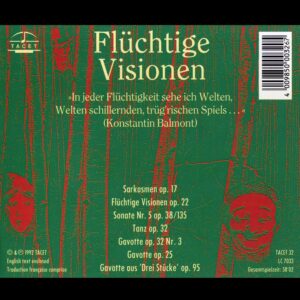
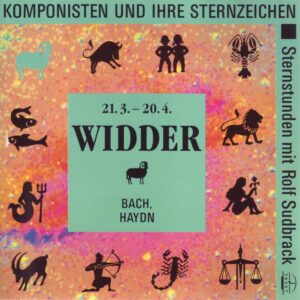

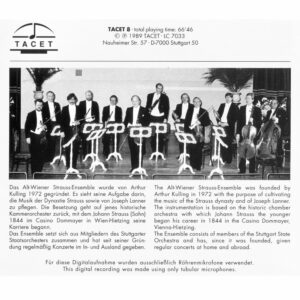
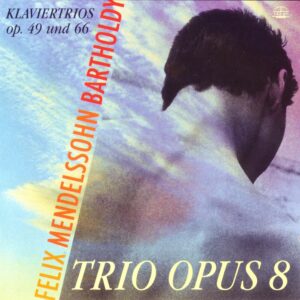
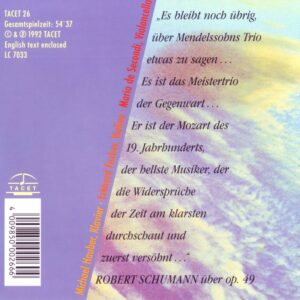
Klassik heute –
--> original review
The Prague-born pianist and composer Alfred Grünfeld was affectionately and enthusiastically acclaimed as the "most Viennese" of all pianists. From today's perspective and with the experience of around 50 years of Viennese pianism, one could summarize this with a blend of talent, genius, carelessness, arrogance, communicativeness, and wine-soaked melancholy. However, it becomes evident how far off the mark such classifications are when one thoroughly examines one of the significant personalities in Viennese (and Austrian) piano history.
For Grünfeld's Viennese spirit, one can point to his proximity to Johann Strauss Jr., who dedicated his waltz "Frühlingsstimmen" to him. His creative love for various forms of dance expression, as well as his popularity as a musician and outstanding personality in Vienna's public musical life, further affirm his Viennese identity. The roll recordings from 1905, brought to contemporary standards by Tacet's proven technology, provide, in my opinion, a reliable impression of the high communicative rank of Grünfeld's artistic creations, his sonically and motorically diverse piano alchemy, and some peculiarities that unmistakably refer to the interpretive maneuvers of that time. Particularly revealing in this regard are the two recorded Chopin Nocturnes, whose trajectories are much more freely and unrestrainedly drawn compared to "modern" performances. Grünfeld arpeggiates at will, everything appears to be spontaneously felt in a precarious and almost bar-pianistic manner. Schumann's "Träumerei" will hardly ever be experienced in such a fragmented and spread-out manner. However, over 100 years have passed between these recordings and current listening habits, and the interpretation of Chopin, especially by artists like Rubinstein, Harasiewicz, and up to Pollini and Zimerman, has undergone a development towards defatting and objectification. Grünfeld demonstrates mastery in questions of tempo, showcasing gentle to abrupt freedom. Examples of this can be found in Beethoven's "Andante favori" and in Schumann's Novelette op. 21,1. However, for those who have embraced Grünfeld's clever nonchalance, there will be joy in the dance numbers, the charm of melodic "raisins," and the playful handling of the nuances of the three-quarter beat, whether it's the music of the Waltz King or his own ideas. It is not difficult, therefore, to agree with Hans von Bülow, who welcomed Grünfeld as "a virtuoso individuality so pronounced that it must be refreshing to every ear and heart!"
Peter Cossé
Pizzicato –
--> original review
In its series 'The Welte Mignon Mystery,' Tacet releases a CD featuring Welte-Mignon recordings of the Austrian pianist Alfred Grünfeld (1852-1924). He can be heard in a program of miniatures that showcase his poetic vein. Among the small pieces by Chopin, Beethoven, Schubert, Schumann, and from the pianist himself, the 'Frühlingsstimmen' Waltz by Johann Strauss, dedicated to Grünfeld, is also included (Tacet 220).
Remy Franck